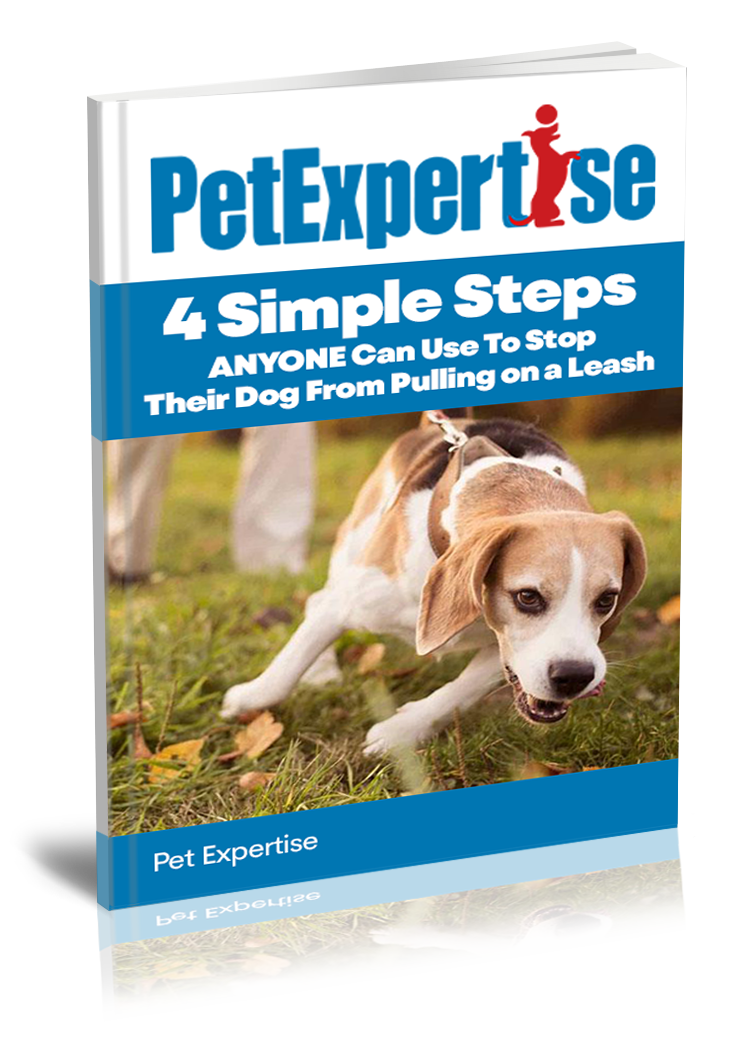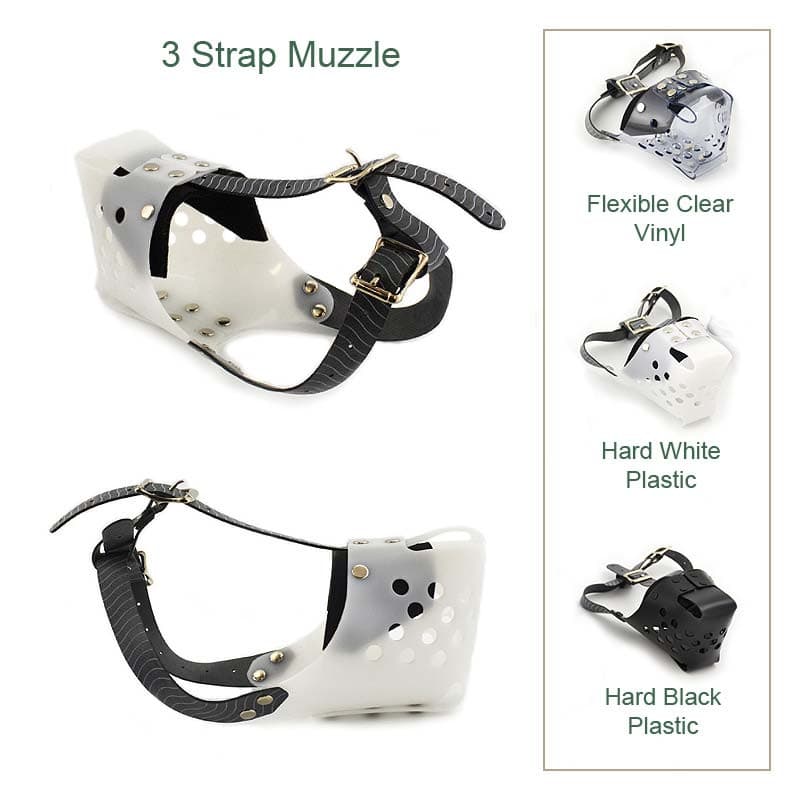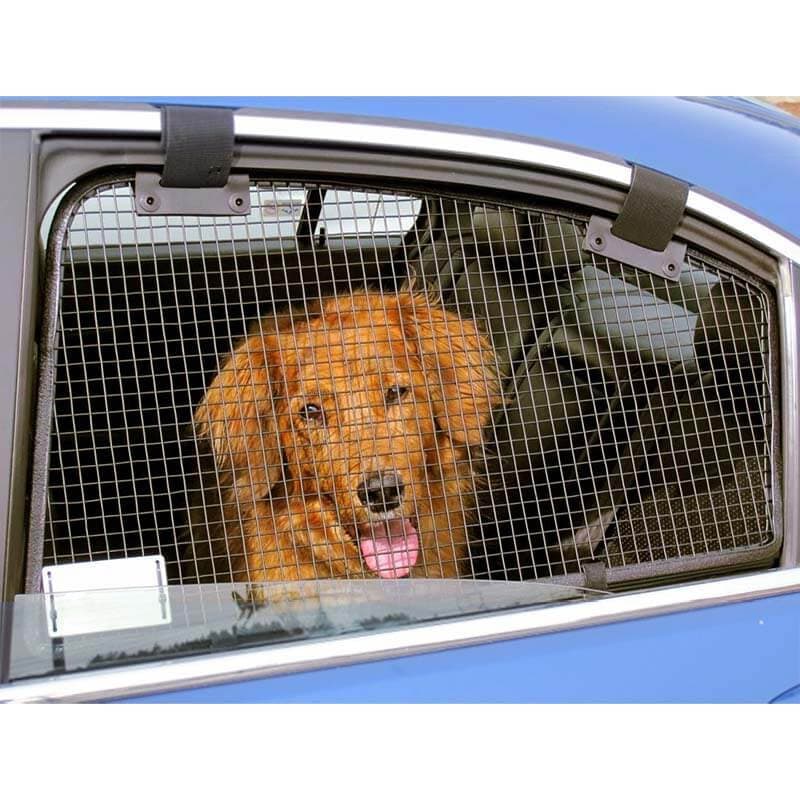Are Antler Chews Safe for Puppies? What Every Owner Should Know

As a new puppy parent, you want the best for your furry friend, especially when it comes to satisfying their chewing instincts safely. Natural options like antler chews are increasingly popular, but many owners wonder: are antler chews safe for puppies?
This guide will answer that question in depth. With vet-reviewed insights, we’ll explore the benefits and risks of antler chews, offer safety guidelines, and suggest age-appropriate alternatives for teething puppies.
What Are Antler Chews?
Definition and Sourcing
Antler chews are made from naturally shed deer, elk, or moose antlers. These antlers are collected from the wild after animals naturally drop them during their annual shedding cycle.
Types of Antler Chews
There are two main types:
-
Whole antlers: Dense and extremely durable, best suited for strong adult chewers.
-
Split antlers: Cut in half to expose the softer marrow inside, making them slightly easier for beginners to chew.
Why Antler Chews Are Popular
Many owners love antlers because they’re:
-
Long-lasting: Unlike softer chews, antlers don’t get chewed up quickly.
-
Natural and odourless: No chemicals or artificial flavours.
-
Low mess: They don’t leave crumbs or sticky residue.
But do these benefits make them ideal for teething puppies? Let’s dive deeper.
Understanding Puppy Teething
The Puppy Teething Timeline
Puppies begin teething around 3 weeks of age, and the process typically ends by 6 months when adult teeth emerge.
Why Puppies Need to Chew
Chewing relieves gum pain, strengthens jaw muscles, and helps loosen baby teeth. Without appropriate chew items, puppies may gnaw on furniture, shoes, or even their own paws.
The Importance of Safe Chews During Teething
During this stage, puppies’ teeth are fragile. Chews that are too hard can cause cracks or other dental issues, so choosing the right texture and hardness is critical.

Are Antler Chews Safe for Puppies? Breaking Down the Concerns
Potential Risks to Consider
Digestibility Risks
Antlers are extremely hard. If a puppy gnaws off a piece and swallows it, their immature digestive system may struggle to pass it, leading to gastrointestinal blockages that require medical intervention.
Tooth Damage Risks
Because puppies’ teeth are still developing, biting down on a very hard antler can cause painful fractures or chips. This can result in costly dental work and discomfort for your puppy.
Splintering and Choking Hazards
Poor-quality antlers or antlers that have been over-chewed can splinter into sharp pieces. These shards can injure the puppy’s mouth or throat or even pose a choking risk.
When Is It Safe to Introduce Antlers?
Most vets recommend waiting until after your puppy’s adult teeth have fully come in (around 6 months old) before offering antler chews. For younger puppies, stick to softer alternatives.
Vet-Recommended Guidelines for Antler Chews
How to Use Antler Chews Safely
Choose the Right Size and Type
-
Pick an antler large enough that your puppy can’t fit the whole piece in their mouth.
-
Opt for split antlers to expose the marrow, which is softer and easier for a beginner.
Supervise Chew Sessions
Always watch your puppy while they chews. Remove the antler if it becomes small enough to swallow or shows signs of splintering.
Limit Chew Time
Keep chew sessions to 10–15 minutes at a time to avoid overexertion on teeth and jaws.
Source High-Quality Antlers
Choose antlers from reputable brands that are sanded and processed to minimise splintering. Avoid very old, dry antlers as they are more likely to crack.
Alternatives to Antler Chews for Teething Puppies
Softer, Safer Options
Rubber Teething Toys
Durable, flexible toys like KONGs are great for teething puppies. You can even stuff them with treats or peanut butter and freeze them for added relief.
Frozen Treats
Frozen carrots or a damp washcloth can soothe sore gums naturally.
Collagen Sticks or Age-Appropriate Natural Chews
Collagen sticks are softer than antlers but still satisfy the chewing urge. They’re digestible and designed for younger puppies.
Transitioning to Harder Chews Later
Once your puppy’s adult teeth have come in, you can slowly introduce harder chews like split antlers, starting with short sessions and monitoring closely.
Conclusion and Final Vet Advice
Antler chews can be a safe and natural option for puppies, but only if introduced at the right age and with proper precautions. For teething puppies under 6 months, softer alternatives are strongly recommended.
When your pup is ready, choose high-quality, appropriately sized antlers, limit chew time, and always supervise their chewing sessions.
Ready to give your puppy a safe and satisfying chew experience?
👉 Explore our vet-approved antler and discover our puppy teething guides to support your furry friend’s journey.
Frequently Asked Questions
Generally, antlers are safe for puppies 6 months and older, once adult teeth have erupted.
Split antlers are softer and expose the marrow, making them safer for puppies transitioning to harder chews.
If you press a fingernail into the antler and it doesn’t leave a mark, it may be too hard for developing teeth.
Contact your vet immediately. Watch for signs like vomiting, loss of appetite, or abdominal pain.
Small breeds and brachycephalic (flat-faced) breeds may struggle with very hard chews and should stick to softer options.
- Choosing a selection results in a full page refresh.
- Press the space key then arrow keys to make a selection.



